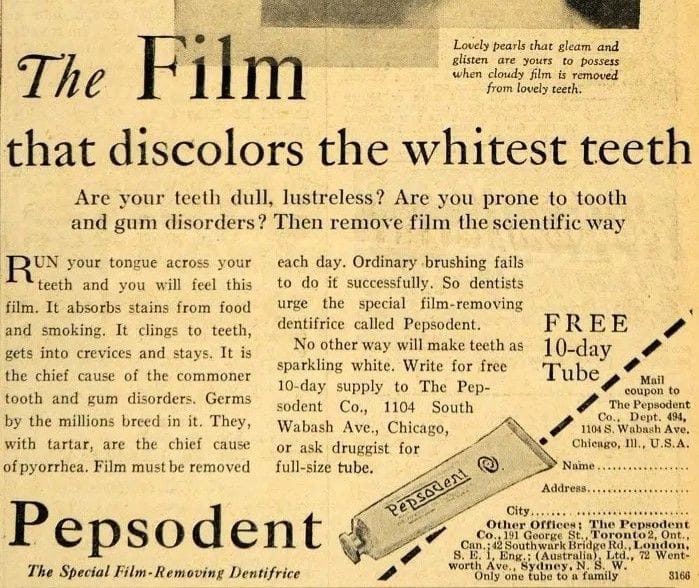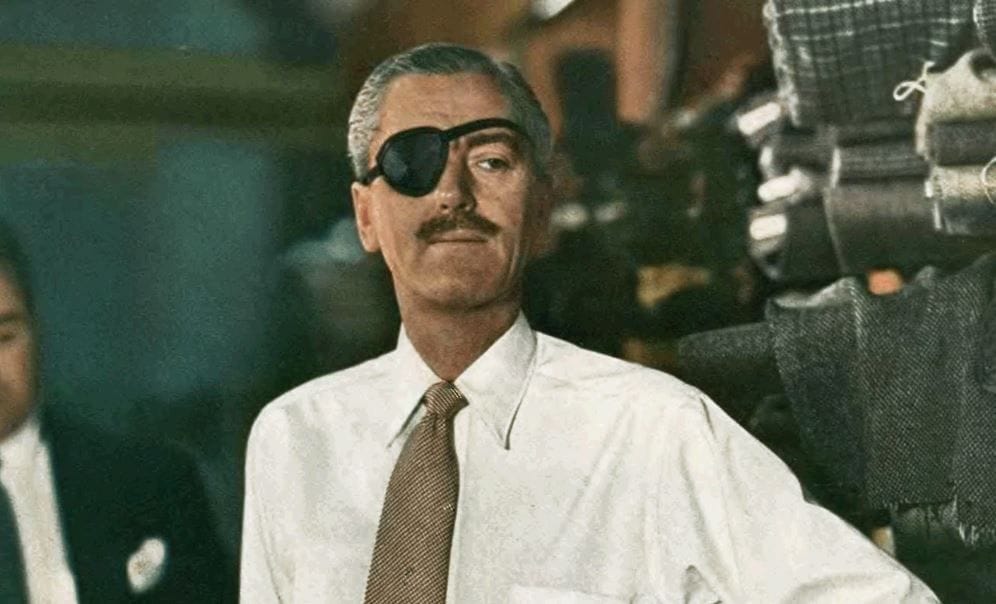The Idea Man and a Silly Question - The Story of a Technique for Producing Ideas
It all started with a silly question. A stupid question not worth answering. Or that’s what James Webb thought at first. Upon further consideration, he realized it was quite a valid question. One that needed to be answered thoughtfully. He even wrote a book about it.
A Technique for Producing Ideas was published in 1940. It has been referred to as “the one book everyone needs to read to consistently produce good ideas.”
In case you are wondering about the silly question, it was this one:
“How do you get ideas?”
James Webb Young (1886-1973) was an American advertising executive at J. Walter Thompson. He was described as "the idea man behind the idea man."
What better person to answer that question, right?
The answer came in the form of a technique you could apply to produce ideas. Young applied it to advertising, his profession. But it can be applied to anything that requires generating ideas constantly.
Before going over the details, there are two principles you need to keep in mind:
- Principle 1. An idea is a new combination of old elements.
- Principle 2. The ability to see relationships is fundamental to combine old elements into new ones. This ability can be developed by cultivating the habit of finding relationships between seemingly unrelated facts.
Let’s see how this technique works.
The 5-Step Technique to Produce Ideas
Once you learn and apply this technique, it will be like having an assembly line of ideas at your disposal. The technique is simple but it will take hard intellectual work on your part, especially the steps one and two.
Step 1. Gather raw materials.
The materials you are going to gather fall into two categories: specific and general.
If you are a writer, your specific materials are anything related to the topic you are going to write about.
If you are a marketer, copywriter, or advertiser, your specific materials are related to the product you are promoting. Information about the product, the market, the company, and the prospect. It might include surveys, interviews, and/or message mining and, in general, anything you find during your research phase.
From research came the famous headline “At 60 miles an hour the loudest noise in this new Rolls-Royce comes from the electric clock”
When he got the Rolls-Royce campaign, Ogilvy spent three weeks doing research until he came upon that famous headline.

From research also came, the big idea for the Pepsodent campaign back in the 1920s. Claude Hopkins discovered “the film” in one of the many books he read from dental experts. The big idea was: “The enemy of your teeth is a viscous film.” This idea remained part of the Pepsodent advertising strategy for years.

General materials are a combination of your general knowledge and life experience. This is where your thirst for knowledge and your curiosity come into play. Every experience you have can create an idea.
Step 1 is crucial if you want step 4 to happen at some point.
Step 2. Work over the gathered materials in your mind.
Organize and analyze the materials you have gathered. Look at them from different angles. Take them apart. Put them together. Find relationships between them. It’s like having hundreds of puzzle pieces. Play with them. See which ones are connected.
As copywriter Joseph Sugarman said,
“There is nothing really new in life. It's simply a matter of taking previous pieces of knowledge and putting them together in a unique and different format.”
Do this until you reach the point where nothing else comes up.
Step 3. The incubation stage.
Put it aside and forget about it. Take a walk, listen to music, watch a movie, do something fun. Let your unconscious mind work on it.
For David Ogilvy, big ideas came from the unconscious.
“ Big ideas come from the unconscious. This is true in art, in science and in advertising. But your unconscious has to be well informed, or your idea will be irrelevant. Stuff your conscious mind with information, then unhook your rational thought process. You can help this process by going for a long walk, or taking a hot bath, or drinking half a pint of claret. Suddenly, if the telephone line from your unconscious is open, a big idea wells up within you.” - David Ogilvy, Ogilvy on Advertising
He once dreamed about an old baker driving a horse and wagon along a country lane. That became the iconic Pepperidge Farm bread campaign.

Eugene Schwartz, one of the best copywriters in history, wrote his best ads and books while on vacation. His best books were written in the margins of other people's books.
Let yourself go and have fun. Ideas will come to you.
Step 4. The birth of the idea
With the first three steps completed, the fourth happens. Out of nowhere, the idea will appear. It’s the eureka moment.
Eugene Schwartz had pens all over his house. He always carried a pen, even in the shower. He used to say that he wrote more headlines while showering than sitting in front of the computer. When an idea popped up, he was ready to write it down.
So be prepared and have something handy to write your ideas as soon as they popped up. You never know when this will be.
Step 5. Take your idea out into the world of reality.
Shape and develop it to practical usefulness.
The only way to know if your idea is good is to test it. Put it out there. Let your colleagues, co-workers, readers, or customers decide how good your idea really is.
The mysterious man in the Hathaway shirt

The man with the eye patch was legendary ad man David Ogilvy big idea for the Hathaway shirt campaign. He found the inspiration in a book published by Harold Rudolph in 1947. In it, the author proclaimed that images with a 'story appeal' element were more prone to attract attention. That inspired Ogilvy to put an eye patch on the model. The only way to know if the idea was in fact a BIG one, was was to put it in front of the audience and let them decide.
The image and the headline created a mysterious aura that attracted the reader. It has 'story appeal'. People wanted to know who the man was and why he was wearing an eye patch.
This is one of Ogilvy's greatest campaigns. It ran for 25 years.
But it could have been a flop.
And if that's the case with any of your ideas, don't be discouraged. You have now a 5-step technique to produce ideas almost on demand:
- Step 1. Gather raw materials.
- Step 2. Work over the gathered materials in your mind.
- Step 3. The incubation stage.
- Step 4. The birth of the idea.
- Step 5. Take your idea out into the world of reality.
Of all the steps, step one is the one that will help you the most. Make it a mission to be constantly gathering and storing raw materials, special general ones. Your general knowledge and life experience are your best source of ideas.

